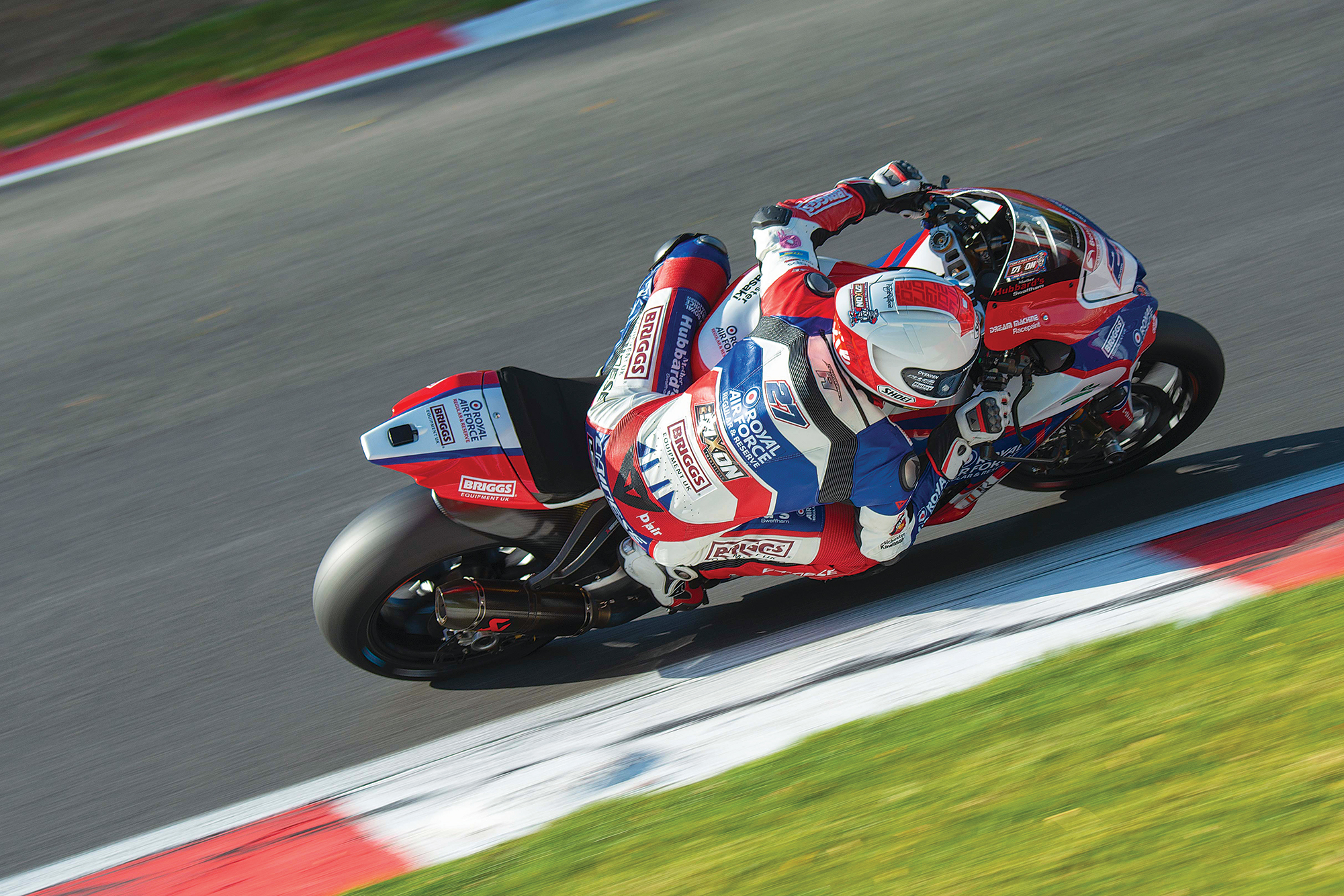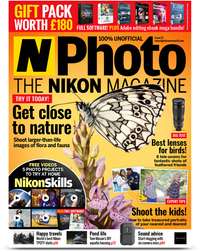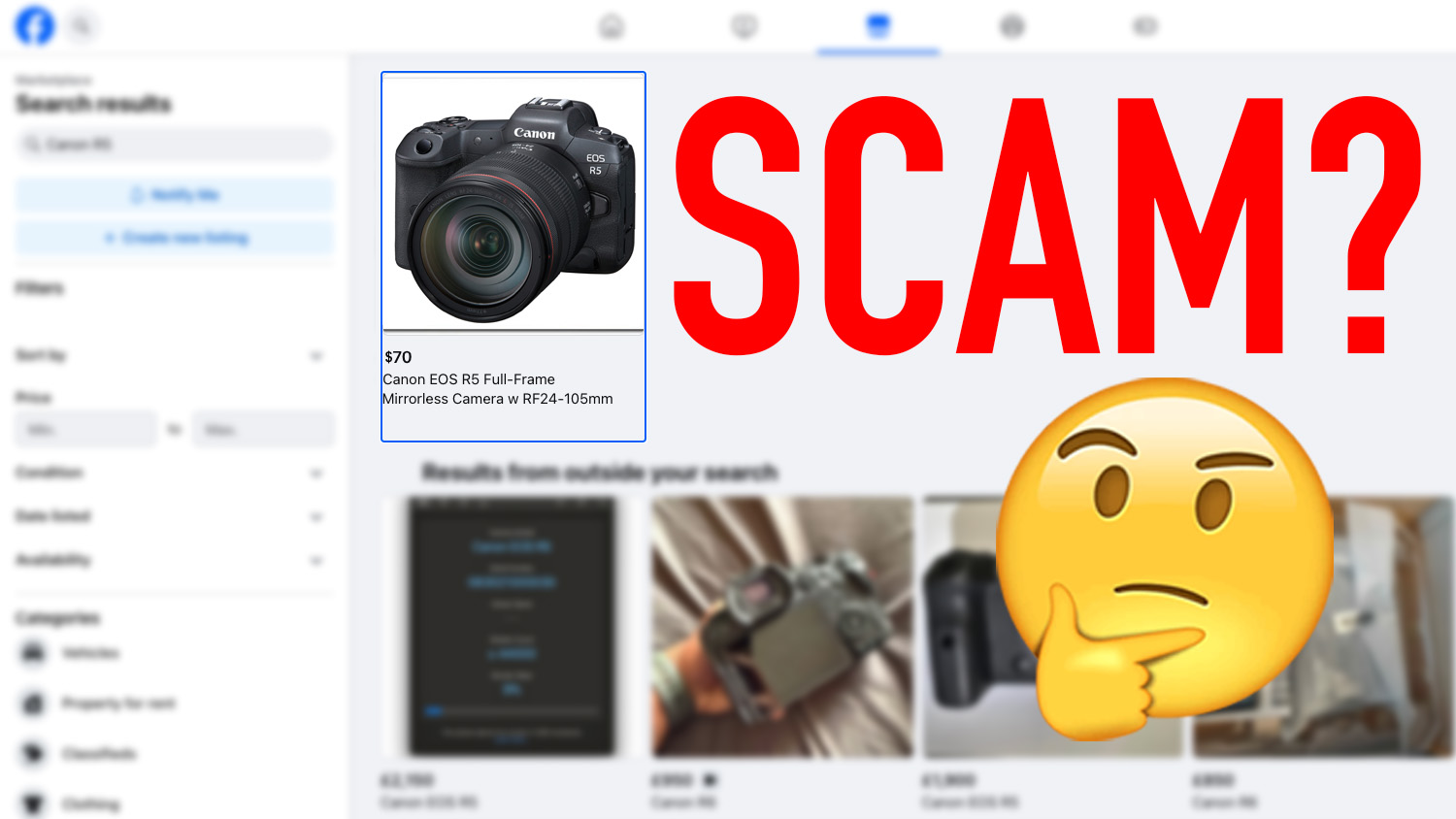Opinion: The exposure triangle is daunting for beginners, but you WILL conquer it!
Most photographers will remember all too well how difficult it was to grasp the exposure triangle, but everyone gets there!

The exposure triangle can be a daunting concept for beginners, something I was reminded of during a recent trip to Thruxton to photograph the British Superbikes. My love of motorsport (@mdharrisphoto) comes from my dad, who was busy shooting next to me. I wouldn’t call him a photography enthusiast, but he’s always owned a point-and-shoot camera of some description. Until, a few years ago, he decided to fulfill a long-held dream of owning a DSLR and purchased a Nikon D3400.
• Read more: The best camera for beginners
Unfortunately, it didn’t take long for him to label the camera ‘too complicated’ and, try as I might, he wasn’t overly interested in learning the exposure triangle or indeed anything that this capable little DSLR could do.
You can imagine my surprise, then, when at Thruxton he offered me a rare glimpse of his Playback screen and a tack-sharp image of a motorbike flying full throttle down the home straight. “That’s a great shot,” I said. “Are you on Auto?” He shook his head: “Shutter Priority. I thought it was about time I started learning how to use this thing properly…”
A couple of weeks later and I was writing our Nikon Z fc review, pondering what a shame it would be if you bypassed the camera’s beautiful exposure setting dials altogether and only ever shot in Auto mode.
Now, if Auto mode is all you ever want from a camera, there is nothing wrong with that at all. But if – like my dad – you’ve put off using other modes just because you think they’re too complicated for you, you’re not alone.
I think most photographers would agree that exposure is one of the most difficult concepts to grasp in photography. Not only does it require you to understand shutter speed, aperture and ISO as individual elements, but you then need to get your head around how they work together.
Get the Digital Camera World Newsletter
The best camera deals, reviews, product advice, and unmissable photography news, direct to your inbox!
And yet it’s also the most liberating concept in photography. Once you get exposure, you begin to operate your camera with intent. This is the point where your photography world really opens up and, with your newfound confidence and renewed passion, you’re able to conquer other elements such as focus and focal length.
So, if my dad’s story seems at all familiar to you, why not take the plunge and ditch Auto mode this month? Aperture and Shutter Priority are great starting points, since you only need to worry about one or the other, plus ISO. Trust me, all of a sudden it will click and then the possibilities are endless!
N-Photo: The Nikon Magazine is a monthly publication that's entirely dedicated to Nikon users. For the best news, reviews, projects and more, subscribe to N-Photo today!
Read more:
Best DSLRs
Nikon D3400 review
How to capture perfect panning shots
The best Nikon lenses
The best Nikon camera

Mike is Digital Camera World's How To Editor. He has over a decade of experience, writing for some of the biggest specialist publications including Digital Camera, Digital Photographer and PhotoPlus: The Canon Magazine. Prior to DCW, Mike was Deputy Editor of N-Photo: The Nikon Magazine and Production Editor at Wex Photo Video, where he sharpened his skills in both the stills and videography spheres. While he's an avid motorsport photographer, his skills extend to every genre of photography – making him one of Digital Camera World's top tutors for techniques on cameras, lenses, tripods, filters and other imaging equipment – as well as sharing his expertise on shooting everything from portraits and landscapes to abstracts and architecture to wildlife and, yes, fast things going around race tracks...

